Militaria Dealing via Email: Avoid the Scam
These 10 elements identify a legitimate email sales offer
While the methods of how people collect have changed drastically in the last twenty years, the impetus to buy and sell militaria has not. And whereas some of us are old enough to remember the days of typed lists arriving in the mail, that method of buying and selling still exists — albeit the lists arrive via email and not in our mail boxes.
It must be the ease of typing and clicking "send" that make email lists rife for fraud — something that was much more uncommon when the sender had to spool a piece of paper in a typewriter, type the list, fold it, place it in an envelope, stamp it, and get it to a mailbox. Wow. That sounds exhausting! How did we ever survive?
The answer is, we did survive — perhaps because the sense of immediacy wasn’t the same as an email arriving in our inbox.
Back in the days of the snail-mail list, there were those lists that caused us to drop whatever we were doing and begin dialing the dealer’s number as we tore open the envelope —we knew the clock of availability was ticking.
Today, however, that sense of urgency is measured in micro seconds. From the moment an email arrives to the point where we have transmitted funds might take a couple of minutes at most. Any defenses we have developed to sniff out potential fraud has very little time to kick in and curtail our relic-lust.
RECOGNIZING THE SCAM
At least once a week, I receive an unsolicited email tempting me to buy militaria. While some are more obvious than others, there are a few patterns that I can share that will help you recognize a potential scam. (These tips can be used to not appear like a scammer if you are sending out your own list.)
This is an email received a couple of weeks ago:
“HEllo, I have a number of war items such as medals, helmets and knives, etc. PLease see photos and let me know if you would like to purchase any of them. Thanks!”
Attached to the email were these photos:

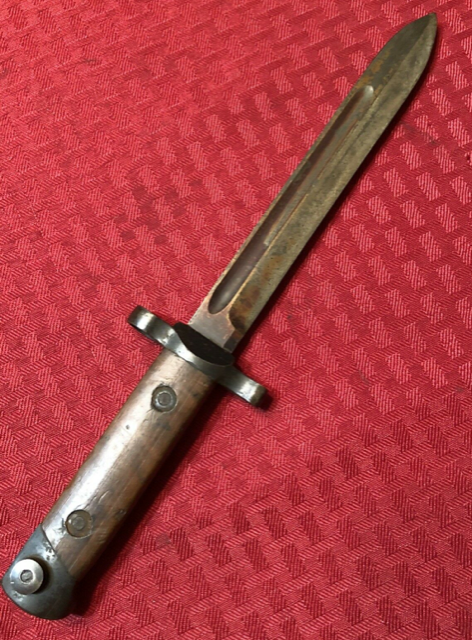
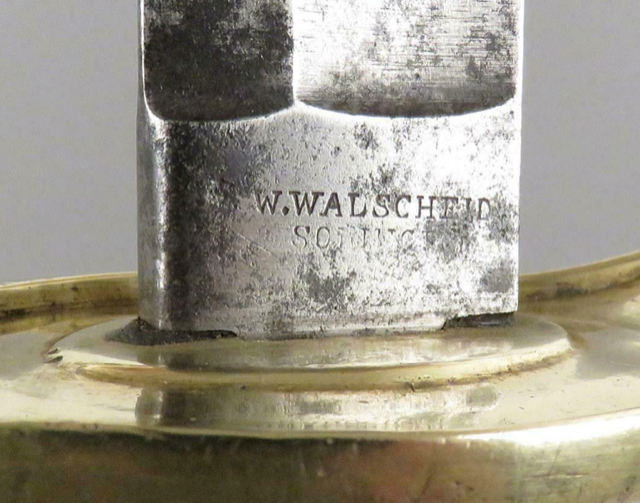
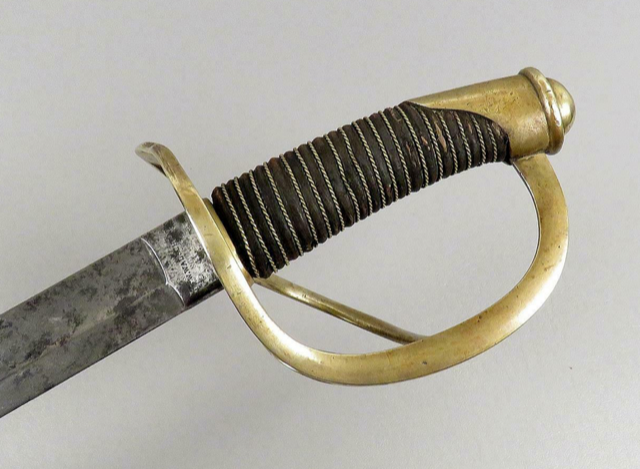

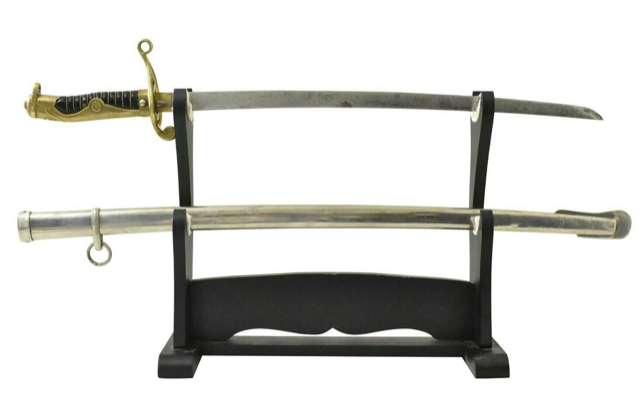

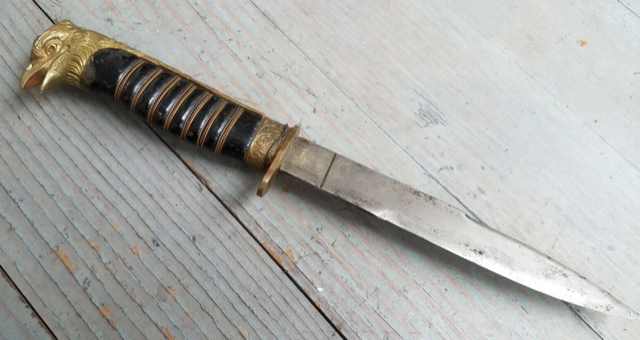

That’s it. No greeting (other than “HEllo” [sic]), no introduction or recognition of a prior relationship, no pricing, and no signature.
But those characteristics did not make it a scam. The attached photos did, however.
I am in the fortunate position to freelance for a number of online militaria businesses and auction companies. For some, I write their descriptions. For others, I process their artifact photographs for their web sites. And that’s why my spidey-sense kicked in.
Of the photos attached, I had processed images of at least two of the items for another business! Checking the photo “meta data” (the information stored within the image file) confirmed it. I could see that person had pirated the images by simply saving screen shots. This, coupled to the style of the email, was enough to warrant trashing it as attempt to steal money.
10 IDENTIFIERS OF A LEGITIMATE OFFER
Follow these ten tips when you produce your own email sales list. Avoid them, and chances are, your email will be considered as spam.
1. Approach the communication as a bona fide letter. I know, we are all too busy to practice decent etiquette, but it is as simple as, “If it was important enough for the writer to compile this, perhaps it is worth reading it."
2. Include a salutation — even if it is a group email. A simple, “Greetings” is enough.
3. Introduce yourself. Don’t assume that the reader will remember that you bumped into them at a show five years ago. Again, a simple, “John Adams-Graf, the Tank Corps collector here” is enough to show that you are a real, verifiable person. If a person is suspicious, they WILL google your name. Also, let them know where you are located (general location is sufficient, but it is important for the buyer to know from where the items are going to ship)
4. If this is one time-sale, say so. If it is one of a series of sales, number it.
5. List the items with prices.
6. Include photos — of your own making. The key to my recognizing fraud in the above email was the combination of various backgrounds, lightings, and photographic ability. It didn’t take any time at all to recognize that a single person did not produce those images.
7. Indicate what forms of payment you accept.
8. Be up front about shipping costs. Are you going to ship for free? What about shipping to another country?
9. Indicate whether you offer an inspection period and return policy.
10. Finally, it goes a long way if you include a phone number. That gives the buyer the sense that they can get a hold of you if the email communication goes dark.
If you include these ten elements in your info email, you will appear to be legitimate and trustworthy. And it shouldn't have to be said (but I am as guilty as the next person), proofread and correct any mistakes — spellcheck does all the work for you.
Be patient, be cautious, and curtail that trait many of us possess: “The will to believe.” Remember the advice your parents most assuredly gave you: “If it is too good to be true, it probably is.”
Preserve the memories,
John Adams-Graf
Editor, Military Vehicles Magazine and Military Trader
You may also like:
*As an Amazon Associate, Military Trader / Military Vehicles earns from qualifying purchases.
John Adams-Graf ("JAG" to most) is the editor of Military Trader and Military Vehicles Magazine. He has been a military collector for his entire life. The son of a WWII veteran, his writings carry many lessons from the Greatest Generation. JAG has authored several books, including multiple editions of Warman's WWII Collectibles, Civil War Collectibles, and the Standard Catalog of Civil War Firearms. He is a passionate shooter, wood-splitter, kayaker, and WWI AEF Tank Corps collector.








